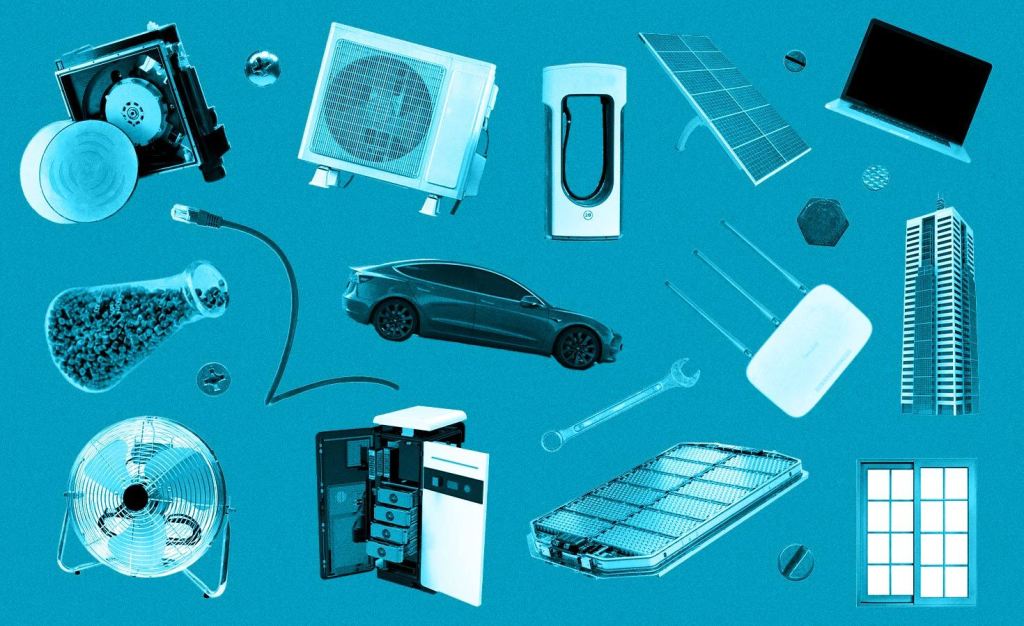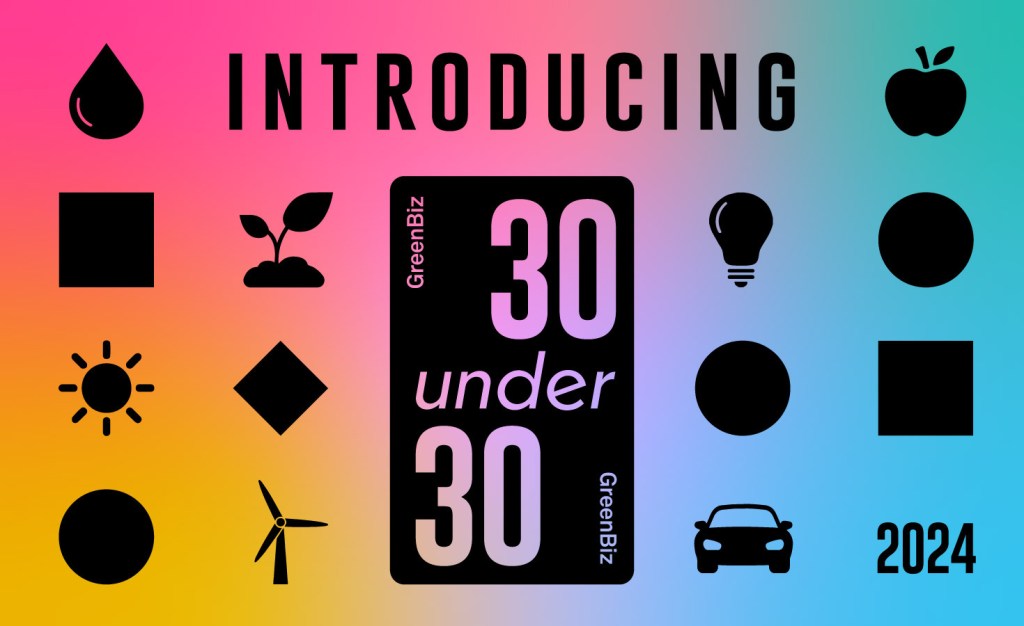Ford's solar-powered EV concept to drive innovation at CES
Targeting environmentally minded consumers, Ford's concept car uses a solar concentrator to directly charge a plug-in hybrid's batteries. Read More
Engineers at Ford have designed a concept vehicle charged by a specialized solar canopy, rather than the electric grid.
The carmaker will display the C-Max Solar Energi — a sedan equipped with solar panels on its roof and a parking canopy to concentrate the sun’s rays onto the solar cells — at the Consumer Electronics Show in Las Vegas Jan. 7-10.
Ford’s innovative solar design
The car’s battery can be charged directly from the sun by placing it in an extra-large parking spot. The sun hits the overhead canopy, which is equipped with lenses that concentrate the light onto the solar panels. Using the car’s sensors and autonomous movement features, the car “creeps” to different positions in the parking spot to optimize the angle and draw as much power as possible, explained Mike Tinskey, Ford’s director of global vehicle electrification and infrastructure.
At this point, it’s only a concept car, but Tinskey says it could become a commercial product at some point because the prices for solar panels and autonomous vehicle technology are going down. “It really makes a lot of sense. We’re just showing that these technologies are getting close to reality,” Tinskey said.
Ford didn’t need to invent anything new for the solar-powered electric car. It uses high-efficiency solar cells made by SunPower, which can generate more than 300 watts from the roof. The canopy, made in conjunction with the Georgia Institute of Technology, uses acrylic Fresnel lenses, similar to those used in home entertainment projectors. Packing 15 to 20 lenses onto a metal structure will concentrate the light to eight times its normal intensity.
To optimize the car’s position in relation to the concentrators, the car will move itself, guided by sensors on its front and rear. The sensors and autonomous movement capabilities already are available in Ford cars that have advanced features, such as assisted parking and “adaptive cruise control” features, Tinskey said.
Ford projects that the system could charge the car’s 8-kilowatt-hour battery over the course of a day. A canopy could be placed at office parks or people’s homes. Another scenario is using them in places where the electricity grid is unreliable or not available.
Toyota sells a hybrid Prius with an optional solar roof, which powers an indoor fan to cool off the car. What Ford has done is different in that the solar panels are wired to charge the battery directly.
Potential issues and what’s ahead
Because it’s a concept car, Ford hasn’t tallied precisely how much a direct solar-charging system would cost. Other practical issues to consider might limit the appeal as well. For instance, the concentrator could generate a substantial amount of heat, which means people would not want to walk under the canopy in full sun.
Ford has found that certain types of consumers are interested in both solar and electrified vehicles: 39 percent of customers who bought an electrified car have or will have rooftop solar panels at home. Given the availability of the technology, Tinksey expects other automakers will consider similar approaches. “We’re hopeful this will push the innovation envelope,” he said.
Photo of C-Max Solar Energi via Ford












